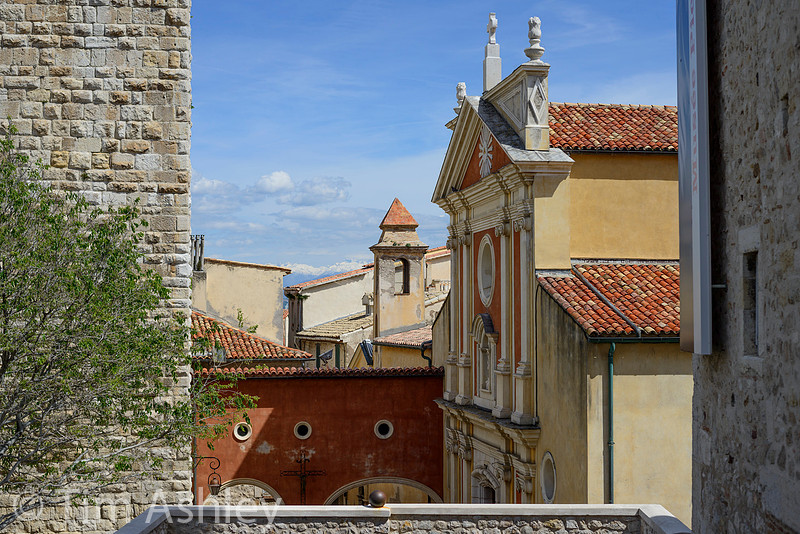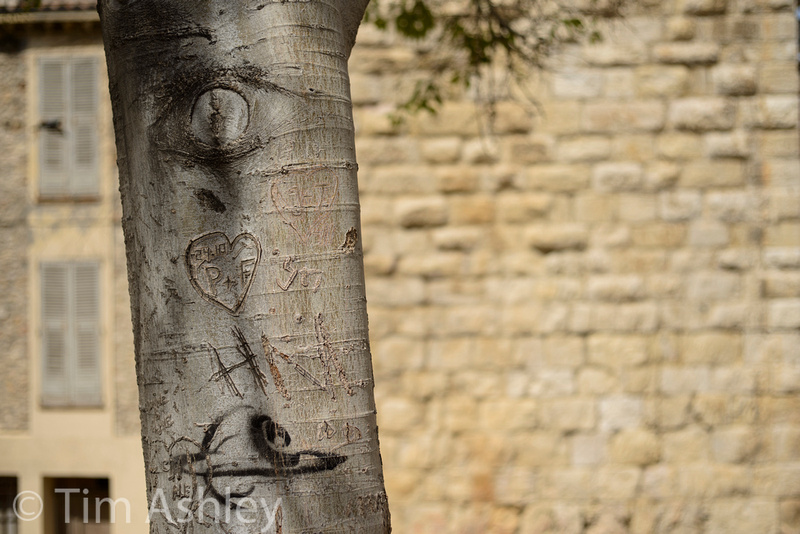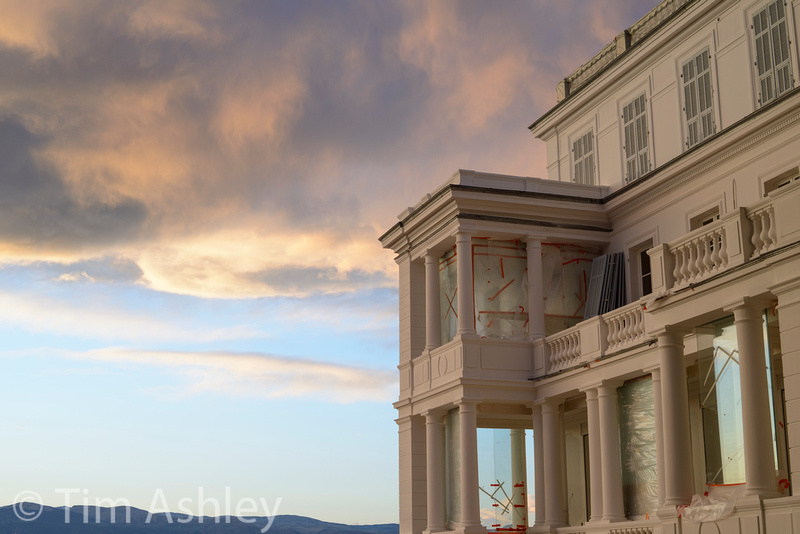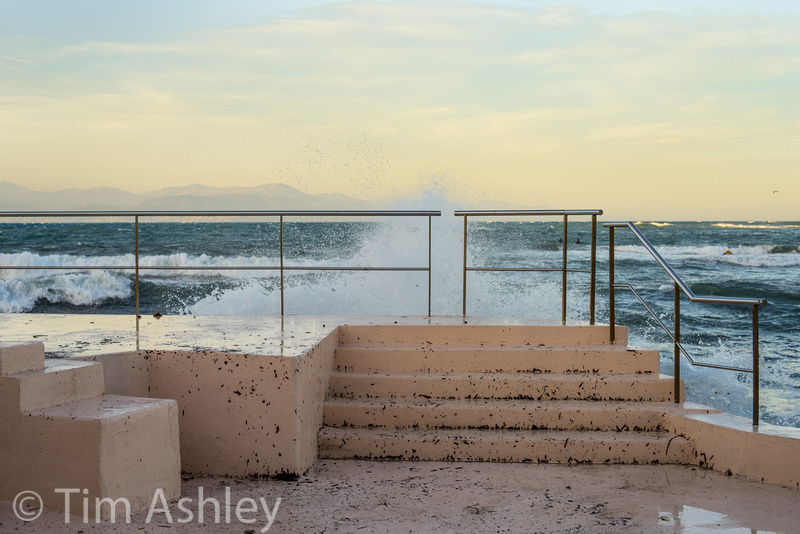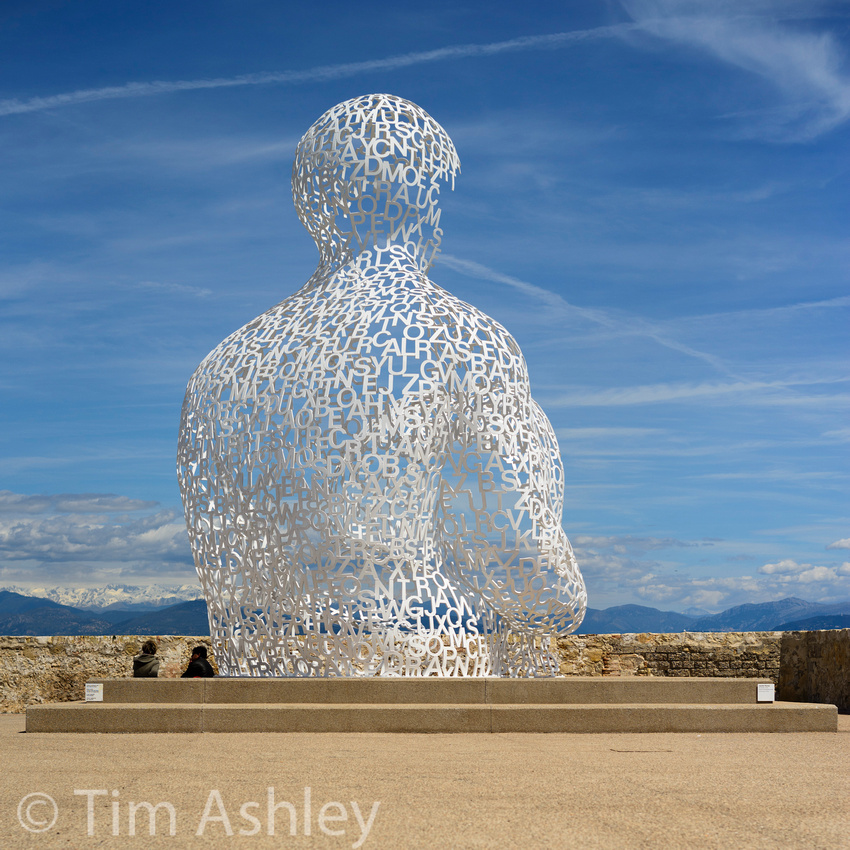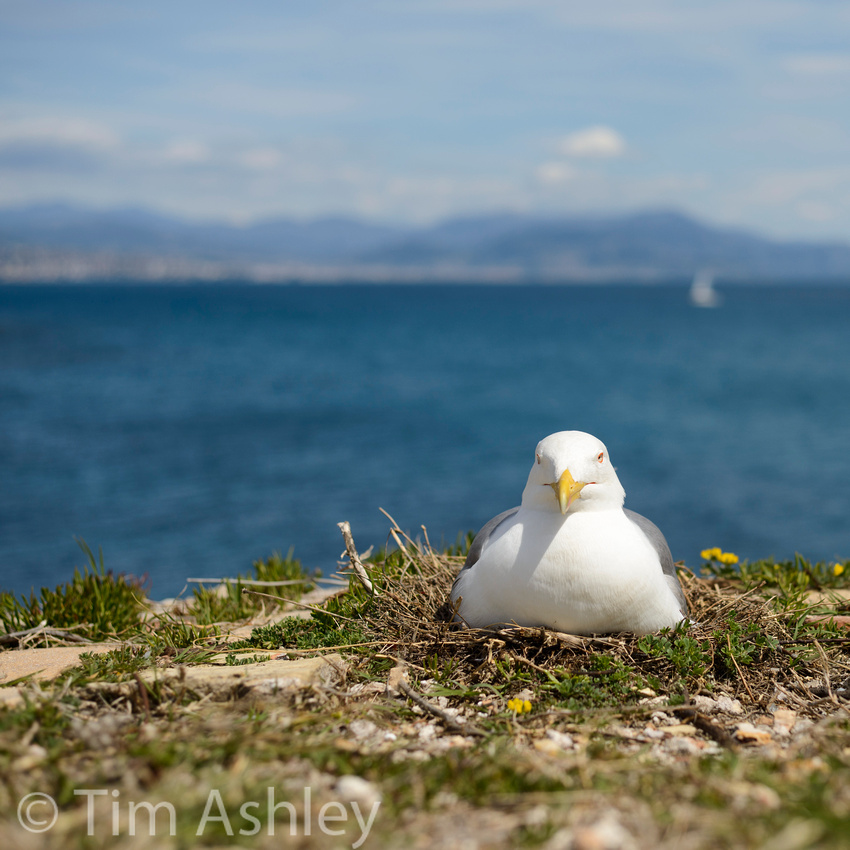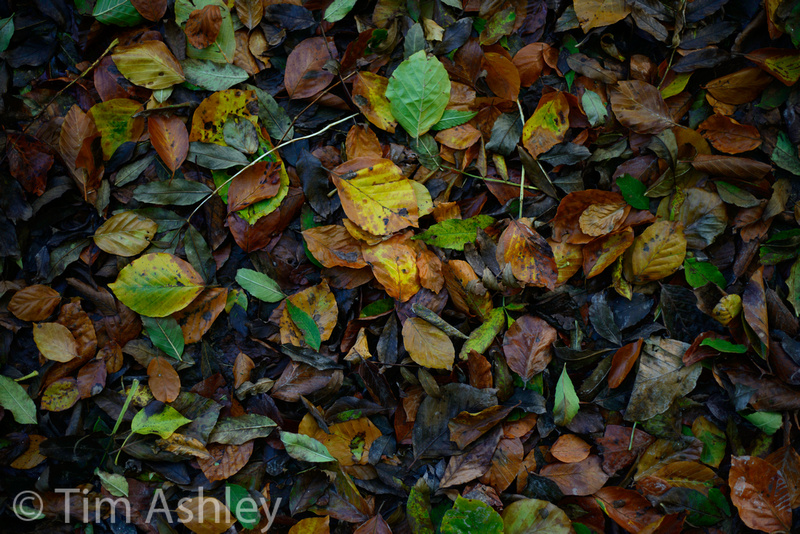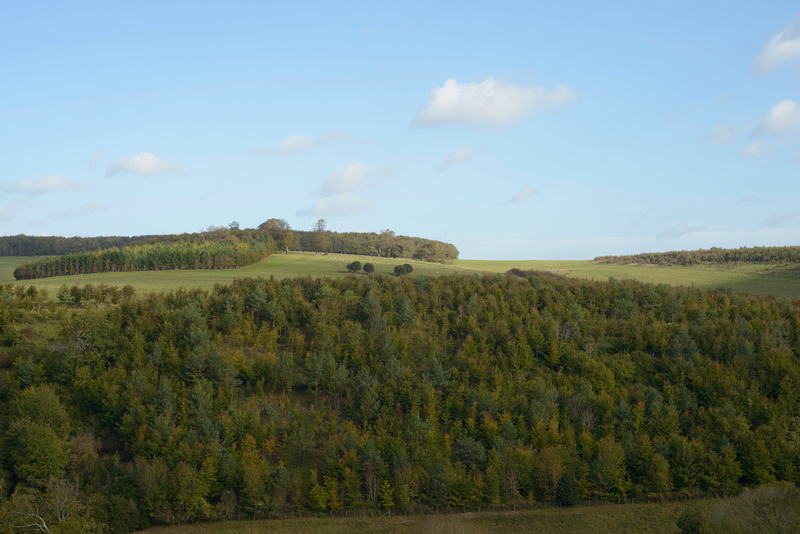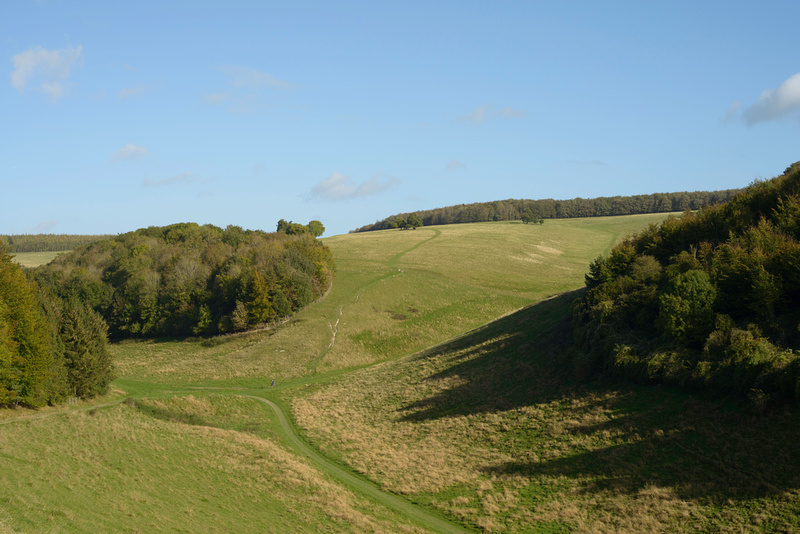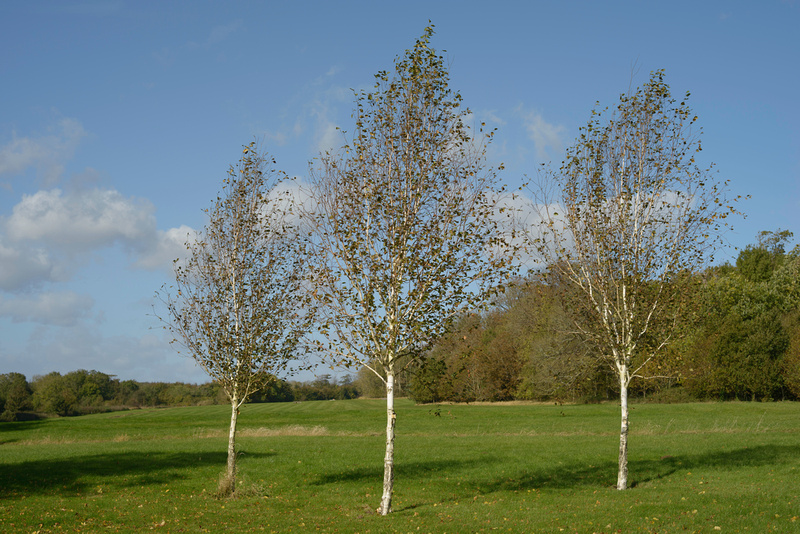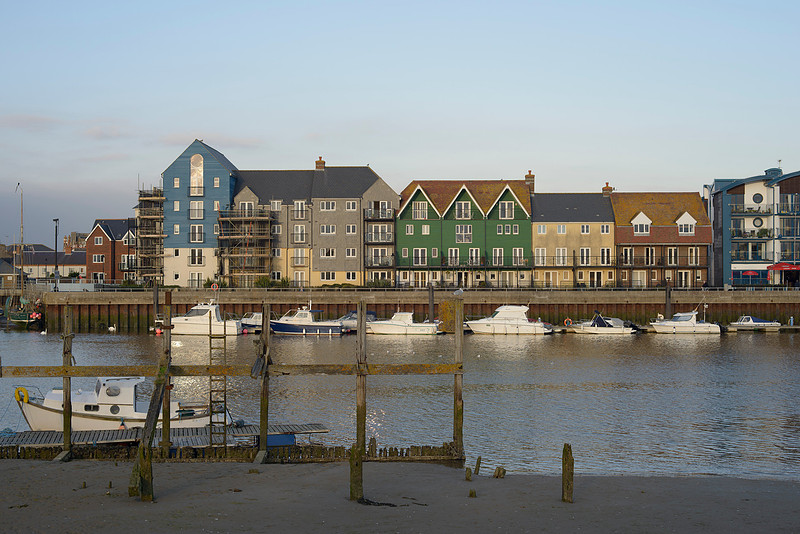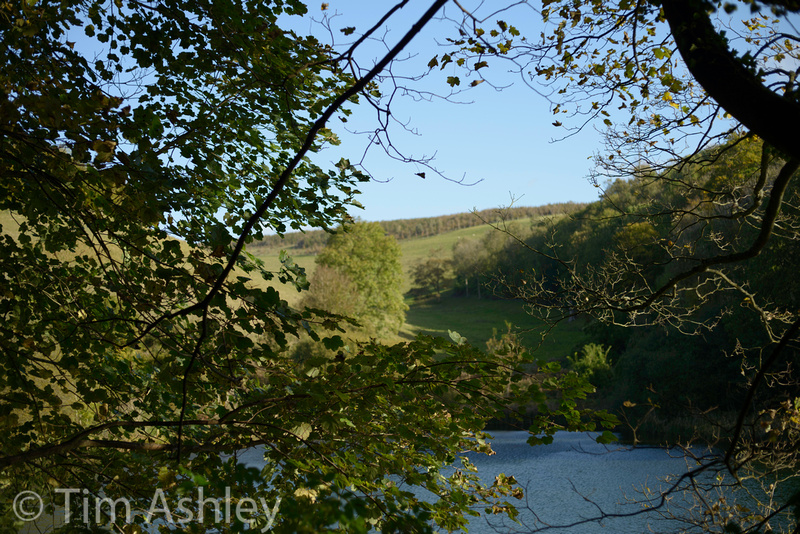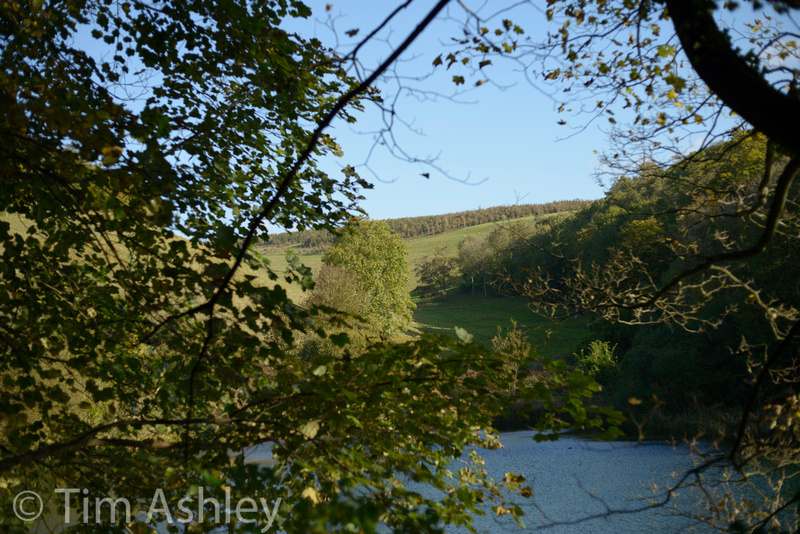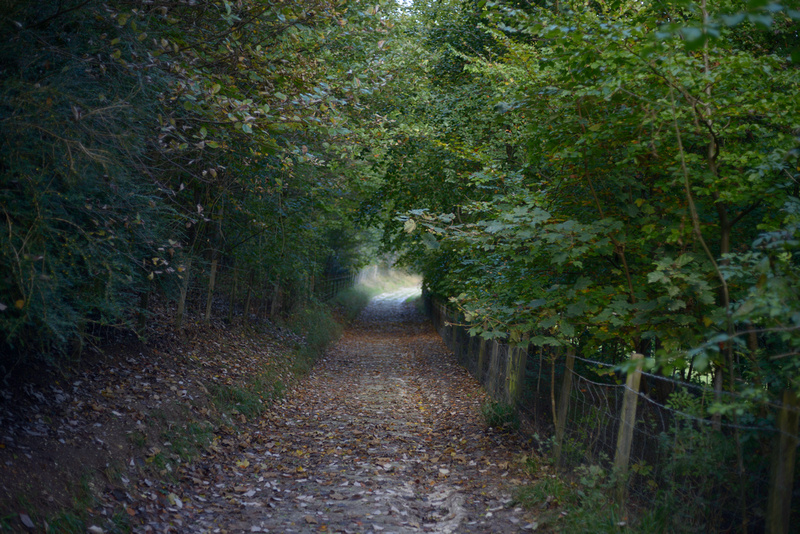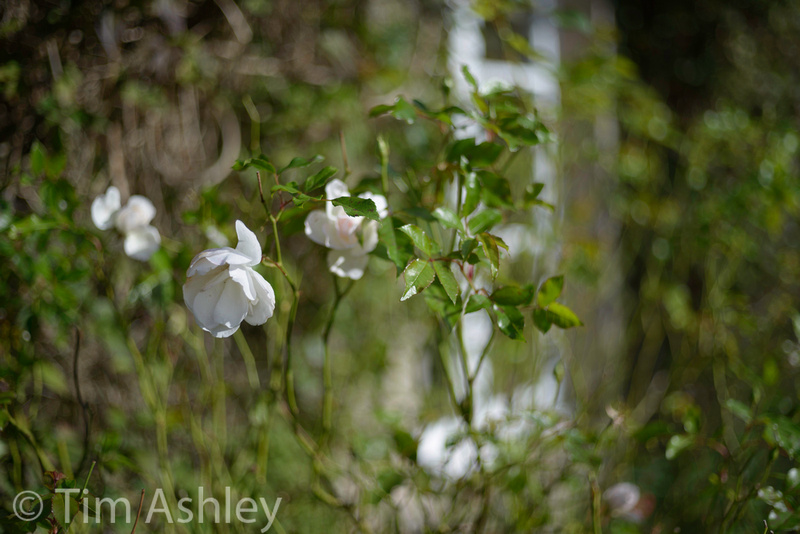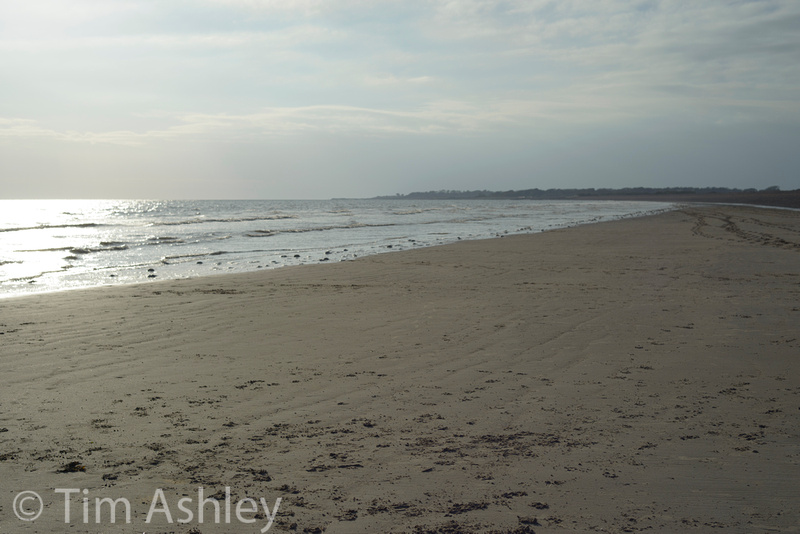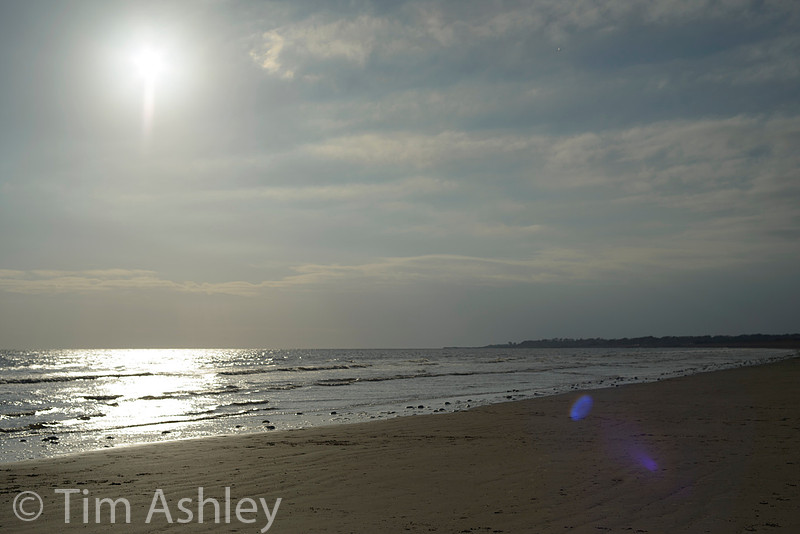Leica 50 R Cron on Nikon Mount with Leitax Adapter.Lenses are such personal things: most of us start buying them as part of a kit, almost accidentally gaining something that offers neither quality nor character, merely value and convenience. Many then graduate to obsessive readings of MTF graphs, searching for the ultimate in resolution, with micro-contrast, edge and corner sharpness as the objectives, pardon the pun. The final step, for those who realise that perfect sharpness across the frame is not only a chimera (unless you are shooting Schneider or Rodenstock lenses on technical cameras with medium format backs) but is also creatively not as fulfilling as they expect, is to seek out lenses with a look. The ultimate 'look lens' might well be a Leica Noctilux (we all have our favourite candidates and this is mine) and, whilst those on a budget might get canned creativity from a Lensbaby, a real look lens is likely to cost a lot more. You see, it can't just be weird, interesting or creative: it has to offer a magic intangible. It has to really know what it's doing, not just 'throw paint at the canvas'. click any of this series for half original sized versions I have such a lens for my D800E. A Leica 50mm F2 Summicron, ROM edition, adapted with a Leitax mount. And even though my copy is very slightly soft on the left hand side, it is by far, far, far my favourite lens on this camera. With the possible exception of the Zeiss 100mm Makro Planar it is sharper than anything else I own (when stopped down a bit) but it is also poetic: obviously poetic when used wide open so as to create its characteristic 'glow' and less obviously but perhaps more profoundly poetic in the subtlety with which, when stopped down, it renders colour, micro-contrast and tonal transition. And it has only one sin: LoCas are clearly visible when shot wide open - but unlike with the Zeiss, they disappear quickly on stopping down and are in any event easy to get rid of in Lightroom without spoiling the rest of the shot. And, very satisfyingly, this fantastic lens cost me less than $500 to buy and to adapt. I'm not going to go into the full details of the Leitax conversion other than to say that it is quick and easy to do at home, the mount is well made, and it works. I only have one tip: when you order it, ensure that you include their own screwdriver in your purchase. I wish I had: it costs almost nothing and it has to be better than the watchmaker's screwdriver I used rather fumblingly. Because what you are doing here is not mounting a traditional adaptor - you are unscrewing the Leica lens mount and replacing it with a Nikon mount that fits the Leica lens. So, to the lens. Bad stuff first:
Tip: ensure that Auto ISO is off, otherwise your manual shutter speed changes keep changing the ISO rather than allowing you to under- or over- expose at will. Also make sure that you set the lens up as a non-cpu lens in the camera menu system. Good stuff is plentiful:
So: it is a great general purpose lens because it has a fairly flat field and is pretty darned sharp when stopped down a bit. But it is magical wide open, and it is magical with evening light and colour: Click for half-original sized versions It handles sharply delineated scenes in bright sunlight very well: It is great close up... ...but not always easy to get perfect focus... (click for full-size, shot at F2.8) Aperture Series I like this lens most for architecture or scenes with some man-made material: it likes to get its teeth into concrete and stone and glass and steel. But it is also very nice for landscape work. I have included one architectural and three different kinds of landscape in the aperture series: Clicking on the F5.6 versions below will take you to a gallery with F2 thru 5.6 and sometimes 8 and 11 and full-sized files for each aperture can be downloaded there. These scenes are chosen to show: Far detail with a more or less flat field: (focus on the small group of trees in the middle of the high field, centre) Far detail with a more or less curved field: (focus on the sign, centre) Near detail with far backdrop: (focus on trunk of central tree)
Mid distance flat field architecture (F2 thru F16, scene shot from a slightly different point than usual due to access restrictions: I apologise for this since it does affect the continuity of subject planarity on the left hand side. I have also included diagonal shots on this series to show corner performance.
BokehThe first two show focus on foreground and then background for the same scene at F2.8 - this scene also shows the degree of fringing you might expect wide open. The next shows the lens wide open, focussed on the central bough of leaves. The last one shows OOF highlights. click for full-sized originals Flare Resistance......is perfectly reasonable with the sun just out of the frame and the in-built hood deployed, but not so great with the sun in the frame: note, these last two shots do not link to full-size originals
So there we have it: the Leica R Cron, adapted via Leitax to a Nikon mount, can be a poetic 'look' lens or a subtle, scientific instrument. It is cheap, easy to use, small and light. But beware: with the new Leica M coming in January, complete with R lens adaptors and Live View option, used R glass has started to creep (of late, rush) up in value. Grab one while you can. If I didn't have one, having seen what it can do, I personally would be willing to pay well over £1,000 for a good late ROM version. There are people who are expert on every tiny version and variation change of Leica glass. Despite owning or having owned about twenty Leica lenses over the years, I am not one of those experts. The 50 R Cron, for example, has been made since 1964. Since then, it has had one, two and three cam versions, a ROM version, and has been made in both Germany and Canada. Bottoming out exactly what changes to the optical formulae and the coatings have happened and when is simply not my special subject: the version tested here is the ROM (most recent) version. If you are looking on eBay or similar for a lens to buy and want to check where it fits into the pantheon, check here for further guidance, or ask a reputable dealer. Additionally, if you visit the Leica website here, you can download Erwin Puts' classic, definitive analysis of the lens from the '50-60mm Leica R lenses' link. This has a very detailed optical analysis.
* The Dandelion chip offers the following if mounted on the ROM version of Leica lenses:
|

